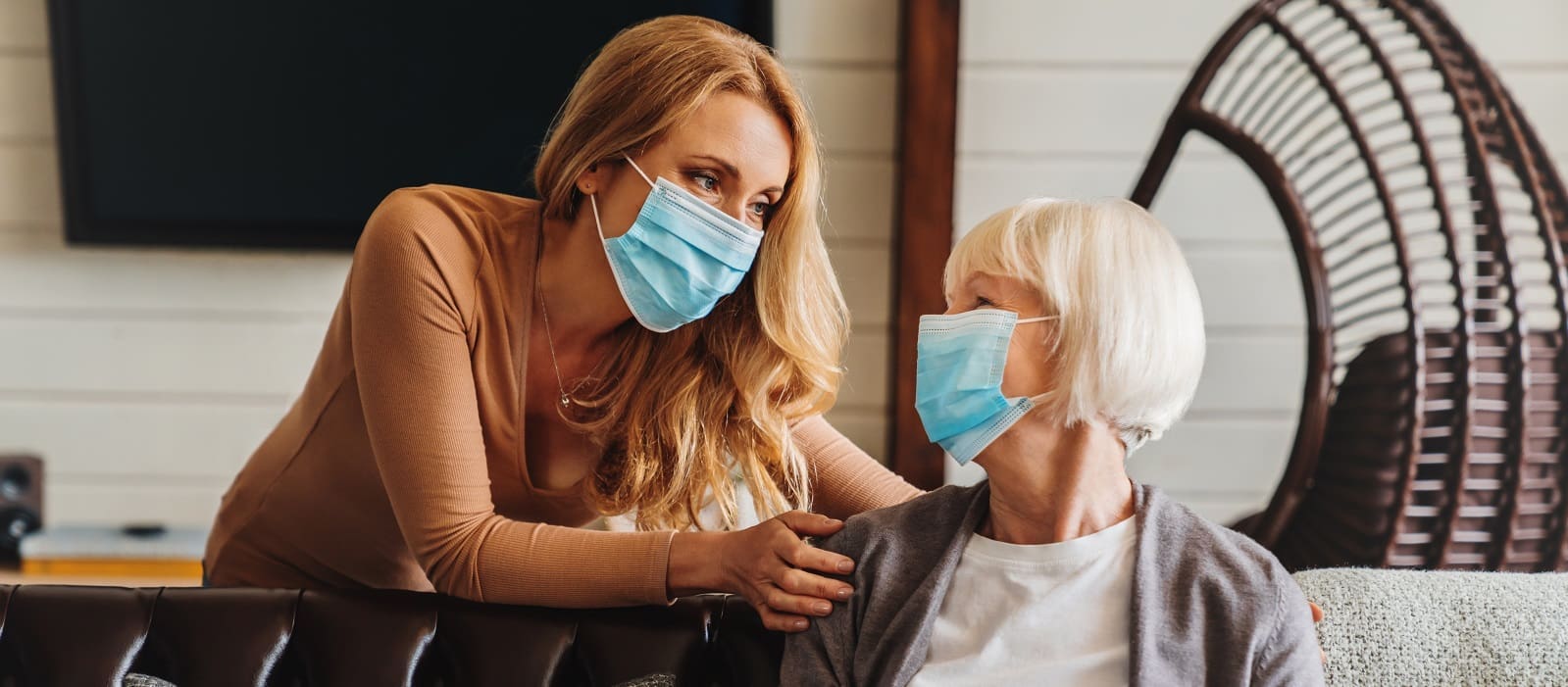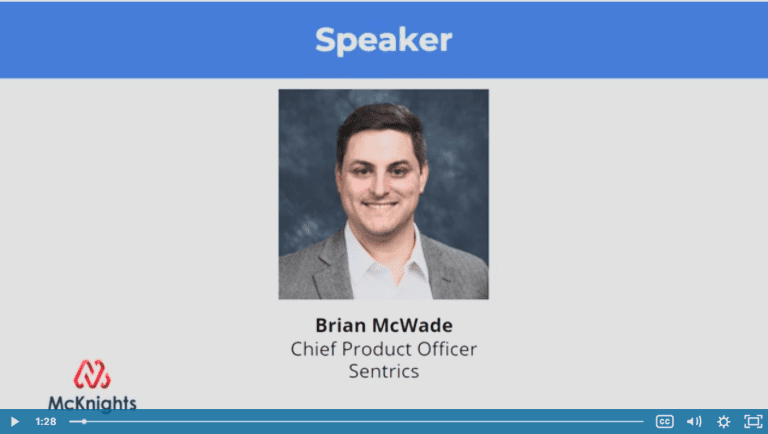2020 has tested the resolve of senior living communities, their staff, and their residents. The pandemic took an already challenging situation—ensuring the health, happiness, and safety of residents—and increased the difficulty of meeting those demands.
Given the uncertainty of the future, we need to become more nimble in our thinking and our actions about the way we balance the needs of residents and the greater community.
Recapturing the Balance Between Health Safety and Engagement
Especially today, senior living communities must strive to find an equilibrium between ensuring resident health and safety and preventing them from feeling lonely and isolated.
At the heart of this challenge lies the idea of expectations.
Families are rightfully concerned about resident wellbeing. They’re asking, “Is it safe for us to move mom or dad to a senior living community in the current environment?”
Residents are concerned about their health and wellbeing, yet want the freedom to choose each day’s activities.
This balance between safety and engagement starts with an expectation about health management and ends with the four fundamental pillars of engagement:
- Resilience
- Purpose
- Autonomy
- Connectedness
If your goal is to find a balance between health safety and resident-driven engagement, senior living providers must ask themselves: “How can we offer residents opportunities that meet both of these expectations within a restrained environment?”
Rethinking Health and Wellbeing
When it comes to health and wellbeing, providers are forced to walk a tightrope.
On one hand, they must balance the need to follow protocols that keep residents safe; on the other hand, they need to ensure that residents maintain their dignity, independence, and are consulted on their care. (3A)
Many providers are adopting a health and wellbeing strategy that leverages technology to help anticipate resident needs, make care more predictable and provide more time for resident interactions.
Today, there are tools and technologies that can handle much of the manual processes traditionally associated with health and wellbeing, especially when it comes to infection monitoring and disease management protocols. By automating processes like contact tracing and managing infections consistently, you move from reacting to a sick resident to preventing someone from getting exposed.
At the same time, such technologies are far less invasive and intrusive to residents. They guide the care a staff member provides, while capturing information about resident care that is accessible to family members and care staff.
New Opportunities for Engagement Have Come to Light
For many senior living communities, their primary concern remains COVID-19 prevention. While care and safety are important, it’s important that resident engagement, connection, and joy don’t get lost in the process. (4C)
Communities must find new and acceptable ways to engage residents. This requires a shift in how providers view and provide these opportunities. We can no longer rely on the overt interaction between residents within the community or residents with their families. Now, engagement must foster the day-to-day connection and engagement of residents wherever they are.
With in-person connections limited, senior living communities must provide new ways to help residents stay engaged, connect with friends, families, and neighbors so that they don’t feel isolated.
Rethinking Engagement
In the past, many senior living communities confused activity with engagement. We’ve learned that engagement should encompass all aspects of a higher quality of life, answering questions like:
- How well are residents coping?
- Do they have a sense of independence?
- Is each resident excited about something today?
- Do residents feel surrounded by people who care about them?
Today, it’s critical that residents are approached from an empathetic vantage point—one that considers them as individuals and supports all aspects of their health; one that’s tailored to each person’s unique purpose and passions. (2P)
For instance, when it comes to spiritual health, there are now content providers that offer solutions and programs for a multitude of people and faiths. Instead of providing residents with access to a virtual church service on Sunday, you can provide them with a range of spiritual programming accessible at any time of the week.
This is where digital solutions can bridge the gap. New technologies make it possible to leverage this type of programming right from the resident TV. Transforming the TV into an all-in-one engagement hub makes it is easy for residents to learn and use, captures and leverages resident information, and helps them:
- Connect – With family, friends, and the community through messaging, photo sharing, interactive games, and more.
COVID has highlighted gaps in communities that can be solved with some out-of-the-box thinking. To make this a reality, you have to prioritize a whole health approach, which comprehensively addresses a resident’s social, behavioral, physical, and medical needs.
The senior living communities that have embraced this novel approach have experienced many benefits, including:
- Increased move-ins – Future residents can see senior living as a home to feel secure and engage meaningfully with autonomy.
- Longer lengths of stay – More transparency with staff and families earn trust.
- Healthier residents – Increased data through integrated technologies and improved communication between care providers, reduces risk, and promotes a whole health approach.
Finding the Balance Between Safety and Engagement
Ultimately, to ensure that residents are safe, engaged, and entertained, senior living communities must rely on technology to help them in this time of social isolation. Through automation, it’s possible to find the balance between safety and engagement and meet resident needs on either front. This leads to happier residents, staff, and families.
Sentrics provides a 360-degree view of a residents’ physical, medical, social, and behavioral needs, so you can act with authority and treat each resident individually.



